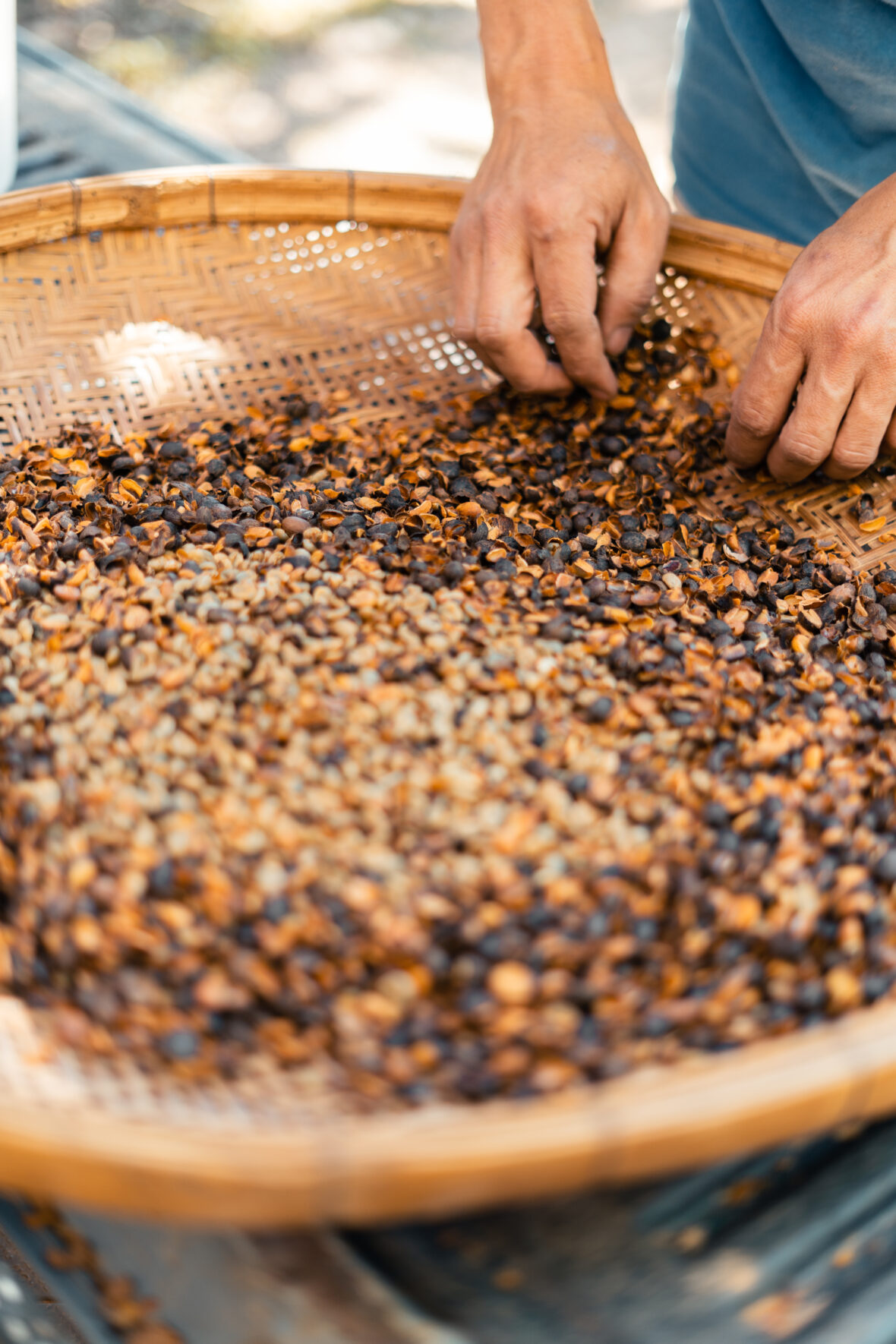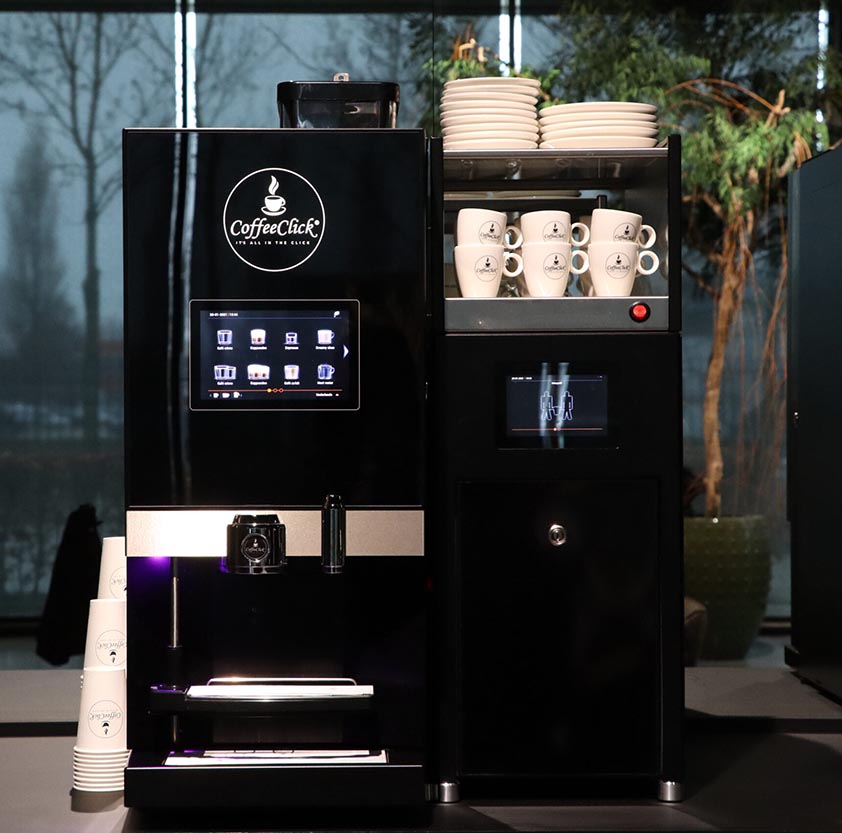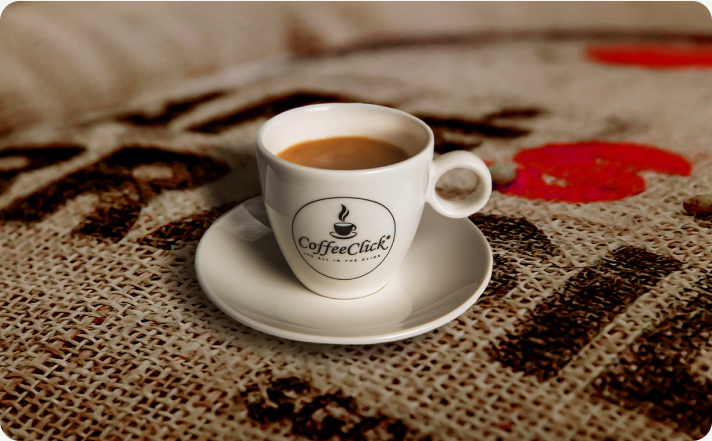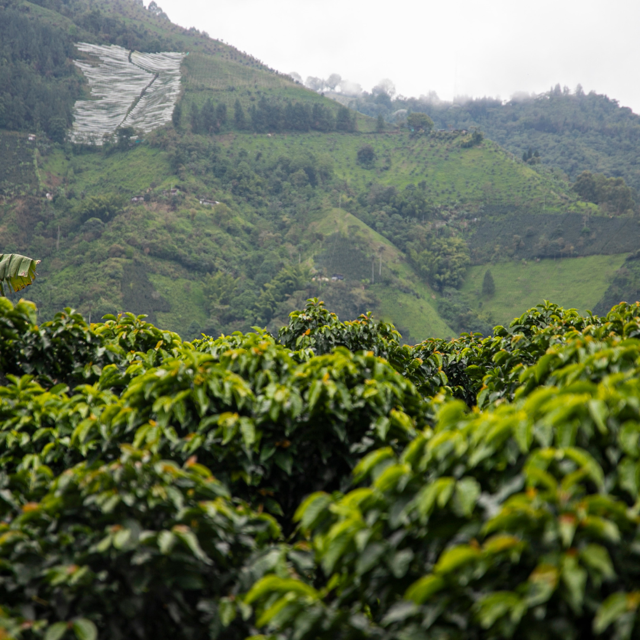The global coffee supply chain is under pressure. Extreme weather and crop failures are causing shortages, while the price of arabica beans has risen about 60% in the past year.
Climate change may even shrink the globally suitable production area for coffee by 50%, a direct threat to the future of the coffee market.
Raw materials for coffee machines, such as metals and electronics, are also becoming scarcer. For providers in the business market, therefore, sustainability is no longer optional, but necessary.
CoffeeClick wants to be at the forefront of this. As a provider of coffee subscriptions with a machine, the company is working towards a circular future. Its ambition: to become the circular leader among coffee suppliers in the Netherlands, focusing on recyclable packaging, aluminum-free coffee bags, sustainable blends and 95% recyclable coffee machines.
To substantiate where the greatest environmental impact lies, CoffeeClick commissioned a full life cycle assessment (LCA) of its Etna Dorado Medium machine and Esta Cofradia coffee bean.
What is an LCA and why is it relevant to coffee?
A LCA (Life Cycle Assessment) maps the environmental impact of a product or service from start to finish: from raw material extraction to waste disposal. For CoffeeClick, this research was conducted by Route Circular and Hedgehog Company, and included the following phases:
- Commodities: production of coffee and machine parts
- Transportation: From plantation to customer
- Distribution: logistics and delivery
- Use phase: energy, water, maintenance
- End of life: reuse and recycling
The goal? To gain factual insights into the impact of the All-In coffee concept so that CoffeeClick and its customers can make concrete improvements.
Key insights from CoffeeClick's LCA research
The study assessed 16 environmental impact categories, three of which are the most decisive:
Climate change (CO₂ emissions)
16.6% About 1/6 of the total environmental impact of one cup of coffee comes from greenhouse gas emissions (CO₂ eq). Consider cultivation, transportation and energy consumption of the machine.
Use of raw materials (metals and minerals)
14,5% Over 1/7 of the total impact is due to the mining of scarce metals (such as copper, antimony, aluminum) needed for the coffee machine and electronics.
Ecotoxicity in freshwater
11,9% About 1/9 of the total impact occurs because chemicals or heavy metals in production processes can harm organisms in rivers and lakes.
The coffee bean as the biggest impact factor
Within the commodity cycle, the coffee bean is responsible for 93% of CO₂ emissions
This is mainly because of:
- The energy-intensive growing and drying process.
- Long transport distances from manufacturing countries to the Netherlands.
The blend used, Esta Cofradia (Arabica), provides excellent quality, but does contribute to carbon emissions through transportation and cultivation.

8 grams per cup = 26% less CO₂ emissions than CoffeeClick's average
One remarkable conclusion from the study: the amount of coffee per cup directly determines the CO₂ impact.
In the coffee machine rental business, the revenue model often runs on additional sales of beans, which sometimes means that machines are overweight. CoffeeClick, however, works with an All-In subscription including beans, and thus has an interest in the most efficient setting.
Adjusting the machine to 8 grams instead of 12 grams of coffee per cup can reduce CO₂ emissions by 26.2%.
Calculation from the report:
- 12 g of coffee = 0.126 kg of CO₂ per cup
8 g coffee = 0.093 kg CO₂ per cup
Saving: 0.03 kg CO₂ per cup
With a machine life of 8 years and an average of 86,400 cups of coffee, this equates to 2,592 kg less CO₂, comparable to growing 25,920 kilos of broccoli or 1.3 million hours of LED lighting.
Coffee machines that last 8-10 years save 40% resources
Sustainability is not only about emissions, but also about material use. The LCA shows that a longer machine life reduces the use of metals and minerals by 40% per cup of coffee
CO₂ emissions hardly change, because they are mainly determined by the bean. But all the extra years of use mean less resource extraction, less production, and less waste.
CoffeeClick actively extends the lifespan via:
- Preventive maintenance (twice a year).
Repair, refurbishment and remanufacturing within its own service concept

The circuit board in the machine as the biggest source of CO₂
Inside the machine itself, the circuit board causes the largest carbon emissions:
- PCB: 159.54 kg CO₂ eq
- Steel: 37.79 kg
- Electronic components: 23.06 kg
- Aluminum: 18.90 kg
This is due to the energy-intensive manufacturing process of materials such as copper, fiberglass and epoxy resin. CoffeeClick is therefore exploring circular design solutions with manufacturer Etna: reusable components, detachable circuit boards and end-of-life recycled materials.
What companies can learn from this
The results show that every choice in coffee supply matters. For organizations that take sustainability seriously, these are key lessons:
- Measure rather than estimate.
An LCA shows actual data on CO₂ and resource use. - Optimize machine settings where possible.
Fewer grams per cup = less impact. - Choose suppliers with circular supply chains.
CoffeeClick recycles 95% of all machine parts and works with Rainforest Alliance-certified blends - Extend life where possible.
Preventive repair pays off, 40% less raw materials per head.
Use data in tenders.
CoffeeClick advises companies to include CO₂ data in tender criteria so that sustainability becomes demonstrable rather than promised
CoffeeClick's circular vision
Sustainability doesn't just live in reports, it's woven into the business.
CoffeeClick currently partners with:
- Neuteboom: sustainable production and packaging of coffee.
- Black Jaguar Foundation: reforestation and biodiversity.
- Etna: circular machine development and metal recovery.
- Waste processors: to separate more than eight waste streams
In addition, CoffeeClick is committed to:
- Electric transportation
- Optimization of packaging
- Circular processing of coffee beverages
We stand for honest communication, transparent reporting and step-by-step improvement, without greenwashing
Making coffee sustainable together
The figures from the LCA study prove that small choices have big impacts:
- 26% less CO₂ per head through our tuning
- 40% less raw material consumption with longer lifespan
- 10-17% less CO₂ through alternative bean choice
With these insights, CoffeeClick helps companies future-proof their coffee supplies without compromising on taste, convenience or cost.
Your sustainable coffee supplier with unmatched service delivery
Questions about our all-in coffee concept, our goals or want to taste our coffee? Request a consultation or make a no-obligation appointment!

